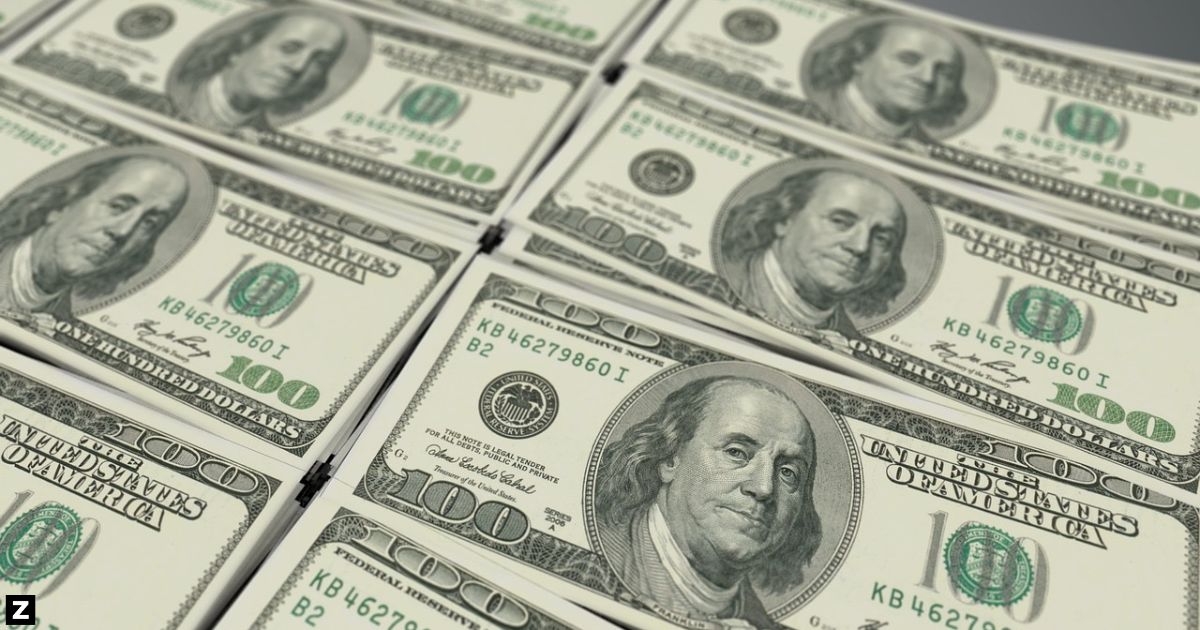Does A Flattening Yield Curve Predict A Recession?
Let me say plainly and firstly that I do not possess a PhD in Economics, nor do I daily wander the hallowed halls of an esteemed institution of higher learning.
What I do possess is 35 years of financial market experience, a few certificates, degrees, and a fair amount of common sense. I do know that Modern Monetary Theory is controversial.
A View on Interest Rates From Dr. El-Erian
I have learned not to try to reinvent the wheel; when an expert is near, pay attention. Thus, we start with Mohamed El-Erian discussing his thoughts on interest rate policy as of February 18, 2022. Listen closely and enjoy!
Summary Of El-Erian's Interview: Thoughts On Credit Spreads
Allowing myself plenty of leeway, I’ll recap his current thoughts:
“First and foremost” it is “really uncertain” with respect to war prospects and the general economy
He doesn’t believe the Fed is likely to raise rates at all 7 meetings this year; this would be “excessive”
IF they did raise 7 times, the risk is stagflation, albeit a tail event at this point
He would recommend a 25bps hike at the March 2022 meeting and err on the side of allowing inflation to run a bit “hot”
The Fed needs to issue guidance and get in front of the narrative. They are on the brink of losing the confidence of market participants thus, losing control. He considers the policy errors to be “unforced”
Due to the unforced errors, and the Fed’s failure to act, there is not an ‘optimal” solution only a “less bad” option. There is no soft landing and the best case is pushing consequences out to 2023
Take it from me, a long time student of Mr. El-Erian’s commentary, non-verbal and verbal, he is seriously concerned about what lay ahead.
Modern Monetary Theory Is On Life Support
Now back to the topic of Modern Monetary Theory (MMT). Depending on who you believe, the origins date to tidbits drawn from classical economic theory of the early 1900’s.
More relevant is work directly attributed to an Australian economist, Bill Mitchell and more recently, Stephanie Kelton. She received her PhD from the New School and published “The Deficit Myth”, June 2020.
The New York Times recently examined her line of argument in an article titled “Is This What Winning Looks Like?” It’s worth the read. In short, they aggressively question her views and conclude with this statement:
Why let someone else shape your narrative, when you could shape your own?
Essentially MMT states that governments can borrow, spend and print more money than classical, neo-classical, and most economists would argue is practical or logical.
The idea that we can print as much money as needed to solve problems, without proper regard for tax policy and the limits of productivity is almost laughable.
Think of it this way, the idea of putting people to work makes heartfelt sense even if the government has to borrow to do so.
The loan has to be paid back at some point either with tax revenues as a result of higher tax rates or from an increased base of employed paying taxes and producing more goods and services.
The theory might hold if productivity rises by a greater rate than the debt created. In 2022, it appears the theory is weak, a nice way of saying “wrong”.
If there are more dollars chasing the same quantity of goods, prices rise. Or worse, productivity falls, unemployment goes up, and we have more dollars, fewer goods, and what is known as stagflation.

A Trillion Is 12 Zeros - The National Debt
Twelve zeros in a trillion. Big numbers:
$5,000,000,000,000 – 5 Trillion was the national debt in the 1990’s
$10,000,000,000,000 – 10 Trillion in 2008
$30,000,000,000,000 – 30 Trillion today
$27,000,000,000,000 – 27 Trillion the last fiscal year under former President Trump
$30,000,000,000,000 – 30 Trillion currently under President Biden
The State Of The Economy - February 2022
We are all likely aware of “supply chain” issues and rising oil prices. Try to order your favorite items from Amazon Fresh and there is a decent chance 10-20% are out of stock. Fill your home tank with heating oil in New York or pull up to the gas station to find $5/gallon gas in California and it’s clear that something is going on.
In short, when the pandemic hit, business shut down, stopped production and cut off input orders, which in turn reduced supply of finished goods and created all sorts of bottlenecks when demand picked up. Individuals hunkered down and changed their buying habits which in an economy that is referred to as 80% consumption driven is problematic.
As we have moved toward “open” demand accelerated faster than most thought possible, employment picked up, and trouble moving goods around the globe increased.
In other words, a bottlenecked economy exists and was worsened by COVID-19 ups and downs globablly. In economist speak, supply and demand is not in equilibrium.
Problems moving oil around the world already had fuel prices well about pre-pandemic levels. Add to that the threat of war and we can see how one might worry about inflation. A barrel of oil today is roughly $85; what price would you expect if a shooting war starts and global shipping is further disrupted?
Remember our friends, the MMT proponents? Well, money was borrowed and printed with the expectation of a functioning economy. Instead, bottlenecks and shortages have held back productivity gains and we have more dollars chasing the same goods, thus inflation. Or more accurately, money supply growth has exceeded productivity gains without commensurate tax policy changes.

Goldman Sachs, the preminent New York investment bank now calls for the 2yr-10yr Treasury spread to be flat by 2023. This is historically a sign of a recession or at least a weakening environment. For a discussions of credit spreads, please read this post.
Unless one can envision a scenario where corporate and individual tax rates rise materially, I’d suggest we, as my friend Jimmy has been know to say, “buckle up for safety”.
Have Questions On Interest Rates? Speak With An Expert
If you would like to discuss any part of this post, please click through and let’s schedule a time to talk or leave a comment.
Following a 25 year career in capital markets, Tom Levine founded Zero Hour Group. Since 2014 the Los Angeles based firm has provided strategic guidance, consulting services, and real estate brokerage.
Tom is a Native Angelino and graduate of USC Marshall School of Business, the Claremont Colleges, and spent a term at the London School of Economics.


